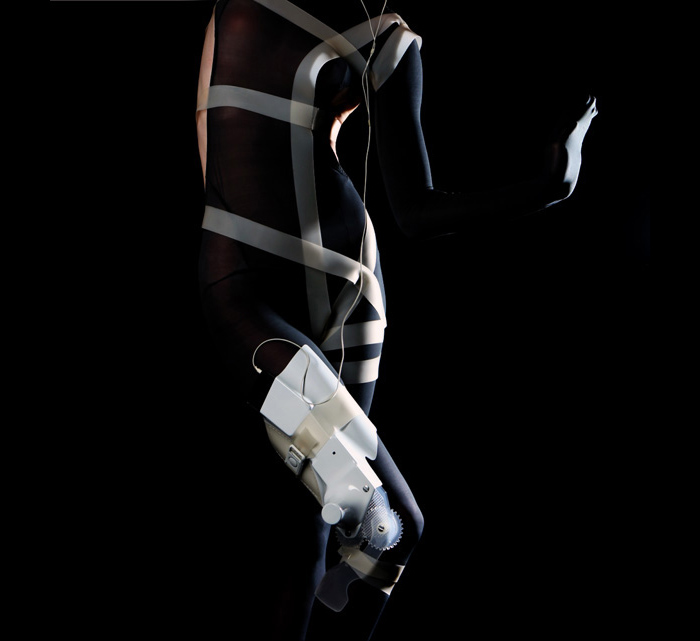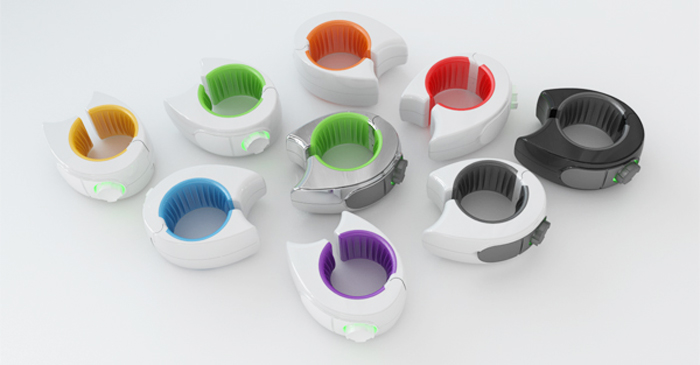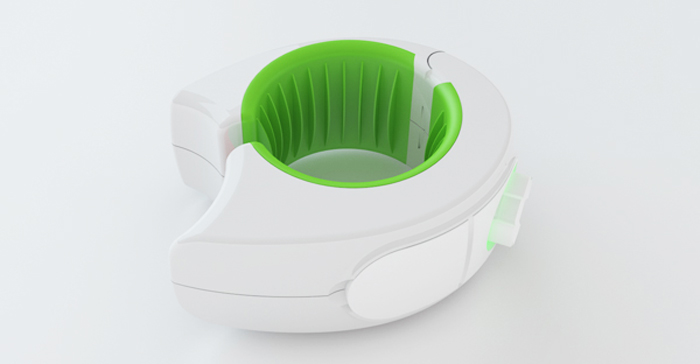From space suits to power laces, there are quite a few wearable technology products that are trying to get off the ground through Kickstarter. Here are some of my favorites that are either currently raising funds or have been successfully funded:
A Product Design project in Palo Alto, CA by Pebble Technology. There's a race towards the first successful mainstream smartwatch right now with products like WIMM, I'm Watch and a variety of others hitting the market. The Pebble is one of the most elegantly designed (so far) and has a few simple, but useful use cases. It also happened to get over $10 Million in funding after asking for only $100K...a good indicator for market desire. I have high hopes for this product.
An Open Hardware project in San Francisco, CA by rachel lyra hospodar. I'm a fan of independent designers and artists who are experimenting with new smart fabrics and eTextiles. The eTextile field is growing, but we still have yet to discover that "killer app" when it comes to technology-embedded clothing. Pants Interface is a nice exploration into the possibilities of different and more natural interactions that are embedded directly into the clothing we wear.
An Open Software project in Astoria, NY by phedhex. There are a number of glove interfaces just on Kickstarter alone from gloves that turn your hands into gesture-based musical instruments to HCI-focused gesture-based input devices. With Spatial Computing III, you control your theater home system in a completely new way through the combination of simple hand gestures and 3D manipulation. Just add a pair of GoogleGlasses and, voila, you have Minority Report in your living room.
A Technology project in Lehi, UT by Rowdy Robot. tōd is a small wearable device that allows you to connect your mobile device to the world around you in a new ways in an "Internet of Things" sort of way. Attach or place a tōd Smart Beacon onto anything, anywhere you want to extend mobile device or web functionality. Or, you can interact with Smart Beacons placed by others that you are allowed to connect with. The use cases they describe are a little big-brother-ish, but I can imagine people getting pretty creative with the platform.
A Technology project in Brooklyn, NY by Bitbanger Labs. Competing with other sleep masks currently on Kickster, Remee is a nicely designed solution that is aimed to help you find and control your Lucid dreams. Who doesn't want to fly or become invisible? This product is just cool.
Browse for more projects or post your own on Kickstarter.


